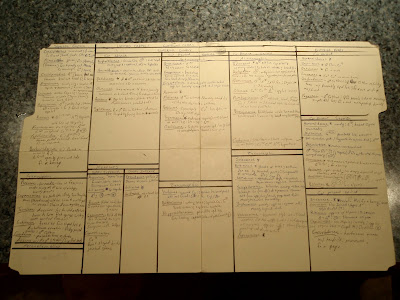Festuca paradoxa and why we know we know nothing

The mention of fescue often brings to mind tough, stringy, silica-laden strands of grass being pulverized by the broad molars of cattle, cudding its way through the four steamy stomachs of the beast only to be expelled in a watery, brownish-green ooze of hot acrid defecation upon an overgrazed, cracked and sore, field that once harbored an intricate assemblage of native organisms but that is now reduced to a monoculture of fescue. Or at least it does to me. But there are good fescues in the world. Ones whose histories are not synonymous with the death knell of Midwestern natural systems. Folks with a remedial knowledge of Midwestern natural communities are aware of Festuca subverticillata (Nodding Fescue); a native species commonly found in woodlands and forests of decent remnant natural integrity. Others might be surprised to know there is another native fescue in our midst. I am writing, of course, of Festuca paradoxa . Festuca paradoxa resembles F. subverticillata in gross morpho...









